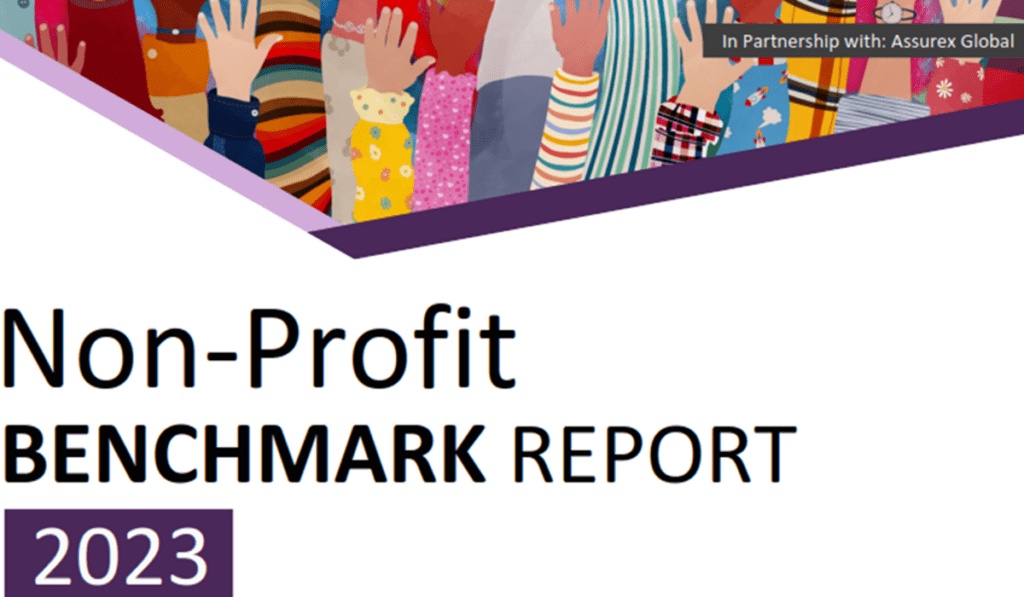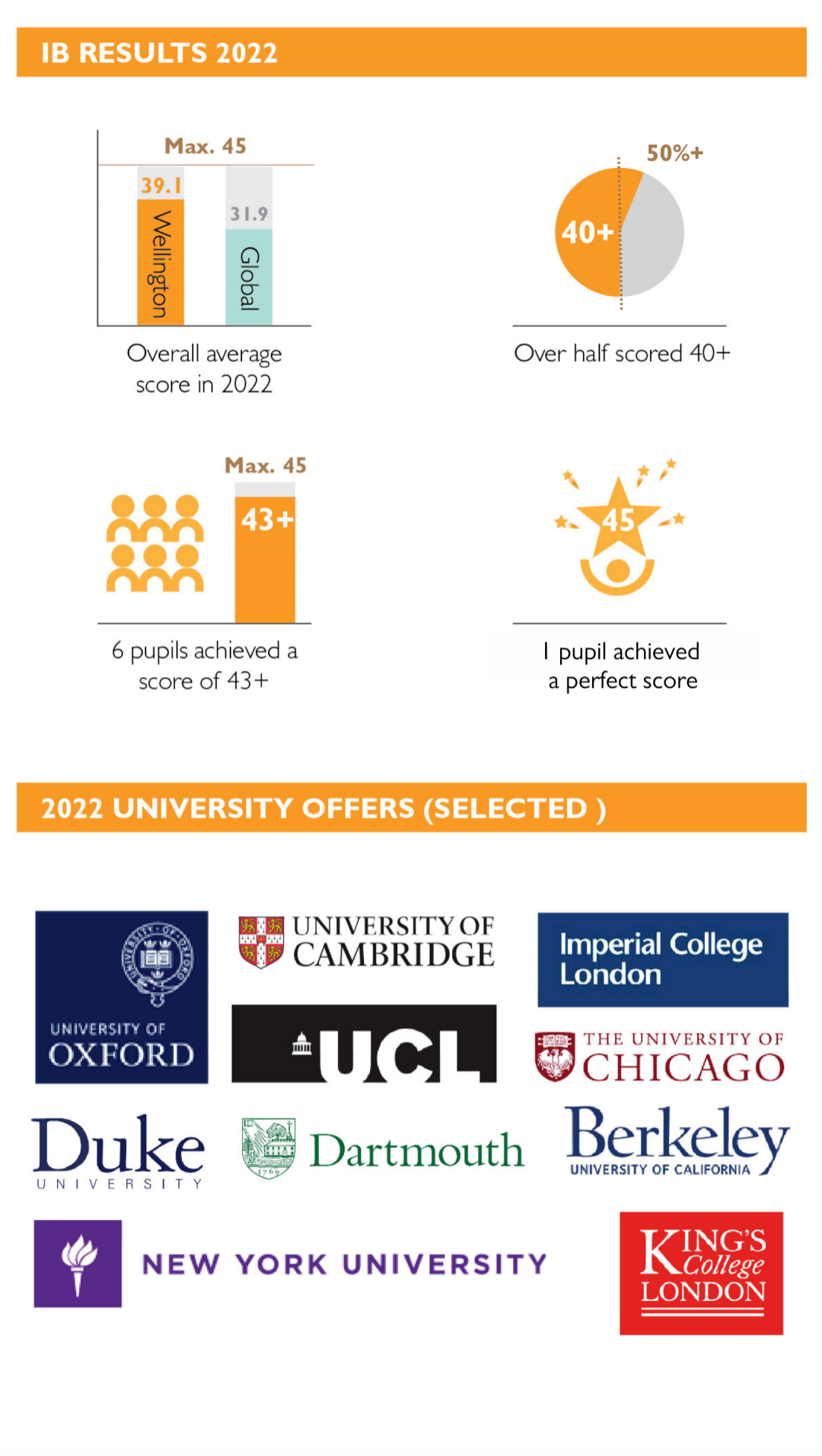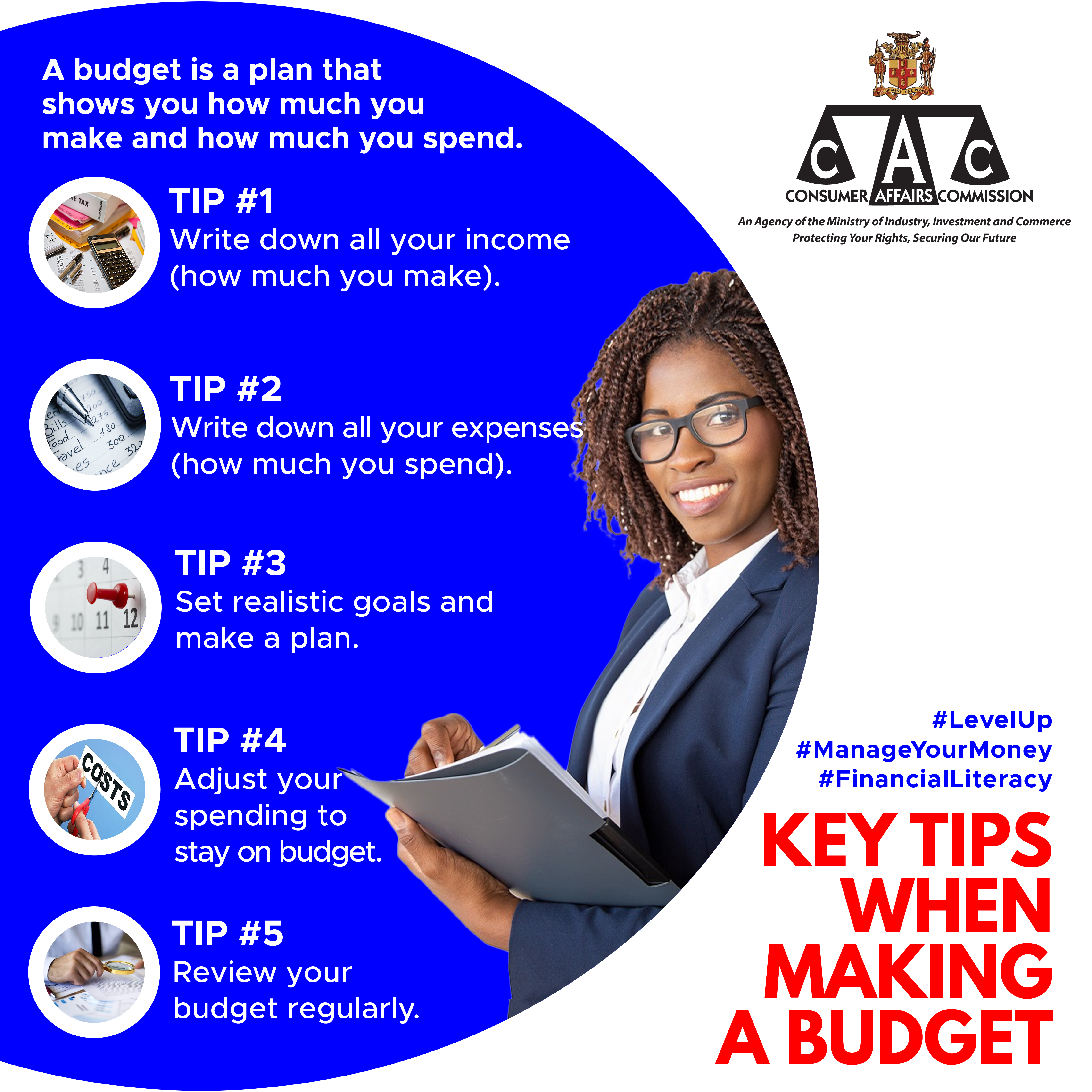Comprehensive Insights into Student Loan Forgiveness Guidelines for 2023: What You Need to Know
#### Student Loan Forgiveness GuidelinesIn recent years, the topic of student loan forgiveness has gained significant traction, especially as the burden of……
#### Student Loan Forgiveness Guidelines
In recent years, the topic of student loan forgiveness has gained significant traction, especially as the burden of student debt continues to impact millions of borrowers across the United States. Understanding the student loan forgiveness guidelines is crucial for anyone looking to alleviate their financial obligations. This article aims to provide a detailed overview of these guidelines, including eligibility requirements, application processes, and the latest updates for 2023.
#### Eligibility for Student Loan Forgiveness
The student loan forgiveness guidelines outline specific criteria that borrowers must meet to qualify for loan forgiveness programs. Generally, these programs are designed for individuals working in public service, teaching, or other qualifying professions. For instance, the Public Service Loan Forgiveness (PSLF) program requires borrowers to have made 120 qualifying monthly payments while working full-time for a qualifying employer.
Additionally, some forgiveness options are available for borrowers who have experienced financial hardship or have become permanently disabled. The Total and Permanent Disability Discharge (TPD) is one such option, allowing eligible borrowers to have their loans discharged if they can provide adequate documentation of their disability.
#### Types of Student Loan Forgiveness Programs
There are various programs under the umbrella of student loan forgiveness guidelines. Some of the most notable include:

1. **Public Service Loan Forgiveness (PSLF)**: This program is aimed at borrowers employed by the government or non-profit organizations. After making 120 qualifying payments, borrowers may have the remaining balance of their Direct Loans forgiven.
2. **Teacher Loan Forgiveness**: Teachers who work in low-income schools or subject areas with a shortage of qualified teachers may qualify for forgiveness of up to $17,500 on their Direct Loans or Stafford Loans.
3. **Income-Driven Repayment (IDR) Forgiveness**: Borrowers enrolled in an income-driven repayment plan may have their remaining loan balance forgiven after making payments for 20 or 25 years, depending on the plan.
4. **State-Specific Programs**: Many states offer their own loan forgiveness programs targeting specific professions, such as healthcare providers, law enforcement officers, and social workers.
#### Application Process for Loan Forgiveness
Navigating the application process for student loan forgiveness guidelines can be daunting, but understanding the steps involved can simplify the journey. Generally, borrowers need to:

1. **Confirm Eligibility**: Before applying, borrowers should ensure they meet the eligibility requirements for their chosen forgiveness program.
2. **Complete the Application**: Most programs require borrowers to fill out specific forms. For PSLF, for example, borrowers must submit the Employment Certification Form annually or whenever they change employers.
3. **Maintain Records**: Keeping detailed records of payments, employment, and any correspondence with loan servicers is essential. This documentation will be crucial if any discrepancies arise during the review process.
4. **Follow Up**: After submitting the application, borrowers should regularly follow up with their loan servicer to ensure their application is being processed and to address any potential issues.
#### Recent Updates and Changes
As of 2023, there have been several updates to the student loan forgiveness guidelines. The Biden administration has made efforts to simplify the forgiveness process and expand eligibility for borrowers. Additionally, there have been temporary waivers that allow borrowers to receive credit for past payments that may not have counted previously.

It is essential for borrowers to stay informed about these changes, as they can significantly impact their eligibility and the overall forgiveness process. Regularly checking the U.S. Department of Education's website and other reliable resources can help borrowers remain up-to-date.
#### Conclusion
The landscape of student loan forgiveness guidelines is ever-evolving, and understanding these guidelines is vital for borrowers seeking relief from their student debt. By familiarizing themselves with eligibility requirements, types of forgiveness programs, and the application process, borrowers can take significant steps toward achieving financial freedom. As policies continue to change, staying informed will empower borrowers to make the most of the opportunities available to them.